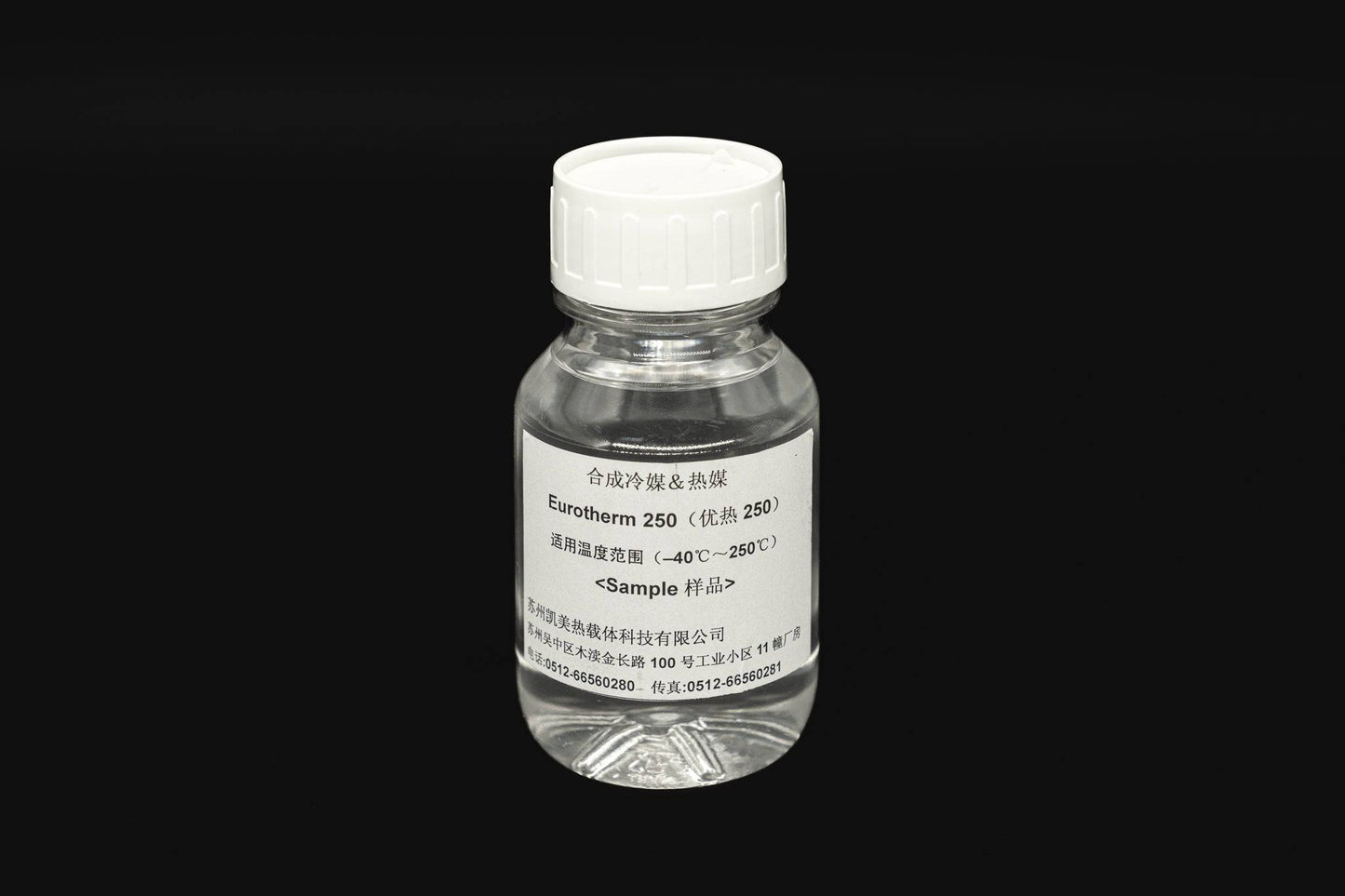The Greatest Guide To Chemie
The Greatest Guide To Chemie
Blog Article
Everything about Chemie
Table of ContentsFascination About ChemieThe smart Trick of Chemie That Nobody is Talking AboutUnknown Facts About ChemieThe Best Strategy To Use For ChemieSome Known Questions About Chemie.Some Ideas on Chemie You Should Know
By Bojanna Shantheyanda, Sreya Dutta, Kevin Coscia and David SchiemerDynalene, Inc. Liquid air conditioning, which can be accomplished making use of indirect or straight ways, is utilized in electronics applications having thermal power densities that may go beyond safe dissipation via air cooling. Indirect fluid cooling is where warm dissipating electronic components are literally separated from the liquid coolant, whereas in case of direct air conditioning, the parts remain in direct call with the coolant.In indirect air conditioning applications the electric conductivity can be essential if there are leakages and/or splilling of the fluids onto the electronics. In the indirect cooling applications where water based liquids with rust preventions are typically made use of, the electric conductivity of the fluid coolant mostly relies on the ion concentration in the fluid stream.
The rise in the ion focus in a closed loophole liquid stream may take place as a result of ion seeping from metals and nonmetal components that the coolant liquid is in call with. During procedure, the electric conductivity of the liquid might enhance to a level which can be hazardous for the air conditioning system.
Not known Factual Statements About Chemie
(https://sitereport.netcraft.com/?url=https://chemie.co)They are bead like polymers that can exchanging ions with ions in a service that it touches with. In today job, ion leaching tests were executed with numerous steels and polymers in both ultrapure deionized (DI) water, i.e. water which is treated to the highest degrees of purity, and low electric conductive ethylene glycol/water blend, with the measured change in conductivity reported with time.
The samples were permitted to equilibrate at space temperature for 2 days prior to taping the first electrical conductivity. In all examinations reported in this research study liquid electric conductivity was gauged to a precision of 1% using an Oakton CON 510/CON 6 collection meter which was adjusted prior to each dimension.
Excitement About Chemie
from the wall surface home heating coils to the center of the furnace. The PTFE example containers were placed in the furnace when stable state temperature levels were reached. The examination setup was eliminated from the furnace every 168 hours (seven days), cooled to room temperature with the electrical conductivity of the fluid determined.
The electrical conductivity of the fluid sample was checked for an overall of 5000 hours (208 days). Schematic of the indirect closed loophole cooling down experiment set up. Parts utilized in the indirect closed loop cooling experiment that are in contact with the liquid coolant.

The Definitive Guide to Chemie
During procedure the fluid tank temperature level was preserved at 34C. The adjustment in liquid electric conductivity was kept track of for 136 hours. The fluid from the system was accumulated and stored. Closed loop test with ion exchange resin was brought out with the exact same cleansing procedures employed. The initial electrical conductivity of the 230ml UP-H2O in the system measured 1.84 S/cm.

0.1 g of Dowex material was included in 100g of fluid samples that was taken in a different container. The mixture was mixed and transform in the electric conductivity at room temperature was determined every hour. The measured adjustment in the electrical conductivity of the UP-H2O and EG-LC examination fluids containing polymer or metal when immersed for 5,000 hours at 80C is shown Figure 3.
Chemie Can Be Fun For Everyone
Figure 3. Ion seeping experiment: Calculated adjustment in electric conductivity of water and EG-LC coolants including either polymer or metal samples when immersed for 5,000 hours at 80C. The results suggest that metals added fewer ions into the fluids than plastics in both UP-H2O and EG-LC based coolants. This can be due to a thin metal oxide layer which might function as an obstacle to ion leaching and cationic diffusion.
Fluids including polypropylene and HDPE showed the lowest electrical conductivity changes. This can be because of the short, inflexible, straight chains which are much less likely to contribute ions than longer branched chains with weak intermolecular forces. Silicone also executed well in both test liquids, as polysiloxanes are typically chemically inert because of the high bond power of the silicon-oxygen bond which would certainly prevent destruction of the material right into the my review here fluid.
About Chemie
It would be expected that PVC would produce similar results to those of PTFE and HDPE based upon the comparable chemical frameworks of the products, nevertheless there might be other contaminations present in the PVC, such as plasticizers, that may impact the electrical conductivity of the fluid - immersion cooling liquid. In addition, chloride teams in PVC can also leach into the test fluid and can trigger a rise in electric conductivity
Polyurethane completely broke down right into the test fluid by the end of 5000 hour test. Before and after images of metal and polymer samples immersed for 5,000 hours at 80C in the ion seeping experiment.
Measured adjustment in the electric conductivity of UP-H2O coolant as a feature of time with and without material cartridge in the shut indirect air conditioning loop experiment. The determined modification in electrical conductivity of the UP-H2O for 136 hours with and without ion exchange resin in the loop is received Number 5.
Report this page